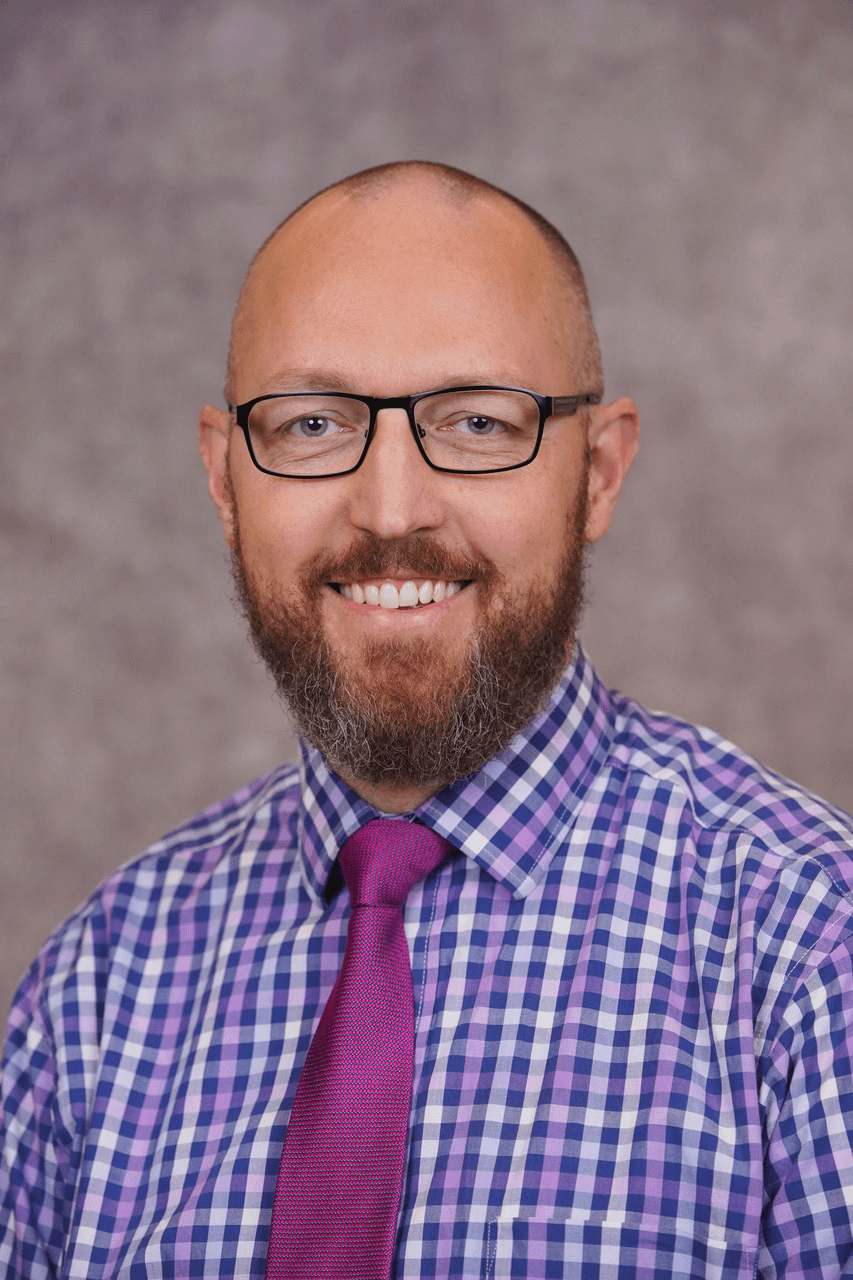
One question we hear often at oralradiologists.com is whether an oral radiologist can legally interpret images for a dentist in another state. With digital imaging and telemedicine reshaping dentistry, it’s a practical concern—and one the American Academy of Oral and Maxillofacial Radiology (AAOMR) has addressed directly. Their Executive Council Advisory on Teleradiology explores this, introducing the “Virtual Patient” concept, and it aligns well with the ADA’s Technical Report No. 1060 on cone-beam computed tomography (CBCT). Here’s what it all means.
The Virtual Patient Explained
The AAOMR defines teleradiology as the secure transmission of radiographic images—like CBCT scans or panoramics—to a qualified oral radiologist, often across state lines. They frame it as the “Virtual Patient”: diagnostic data shared digitally, allowing a specialist to provide an expert interpretation without an in-person visit. The dentist gets a detailed report, and the process moves forward.
It’s a straightforward idea that has proven its worth. The advisory stresses that if the images meet diagnostic standards—think CBCT quality outlined in ADA Report No. 1060—and patient privacy is protected, the outcome matches an on-site review. Technology has made this seamless, and it’s changing how we collaborate.
Is It Legal?
In most cases, yes. The AAOMR advisory explains that when a radiologist interprets images for an out-of-state dentist, it’s a consultative role—not direct patient care. The dentist, licensed where the patient is, remains the primary provider, while the radiologist’s licensure in their own state typically suffices. That said, some states impose extra requirements, like telemedicine registration or dual licensing. It varies, so checking local rules is wise—but the trend favors flexibility as telemedicine grows.
The ADA’s CBCT report doesn’t address legality directly, but it underscores the need for skilled interpretation. Teleradiology bridges that gap, and the AAOMR sees it as both permissible and forward-thinking.
Why It Matters
This isn’t just a legal footnote—it’s a lifeline for dentistry. Dentists in remote areas or without local specialists can tap into expertise instantly. Upload a scan, get a report, and keep the case moving—no shipping films or long delays. It’s especially valuable for complex diagnostics—say, spotting pathology or planning implants—where precision counts.
The AAOMR highlights faster turnarounds too, a practical win for busy practices. Pair that with CBCT’s diagnostic power, as the ADA report details, and it’s clear why this matters: better care, broader reach, same standards.
Staying Compliant
A few essentials keep it smooth: images must be top-notch, data security (like HIPAA) is non-negotiable, and the radiologist’s role as a consultant needs to be clear. Dentists stay in charge of treatment; the specialist just sharpens the picture. Each dentist should be familiar with the exact laws in their state, since regulations can differ—sometimes adding a step, though that’s not the norm.
At oralradiologists.com, we’re all in on teleradiology—it’s how we support dentists nationwide. The AAOMR’s advisory and the ADA’s Report No. 1060 show it’s not only doable but a natural step forward. Curious for more? Those links have the details. The Virtual Patient is here to stay, and we’re glad to be part of it.
